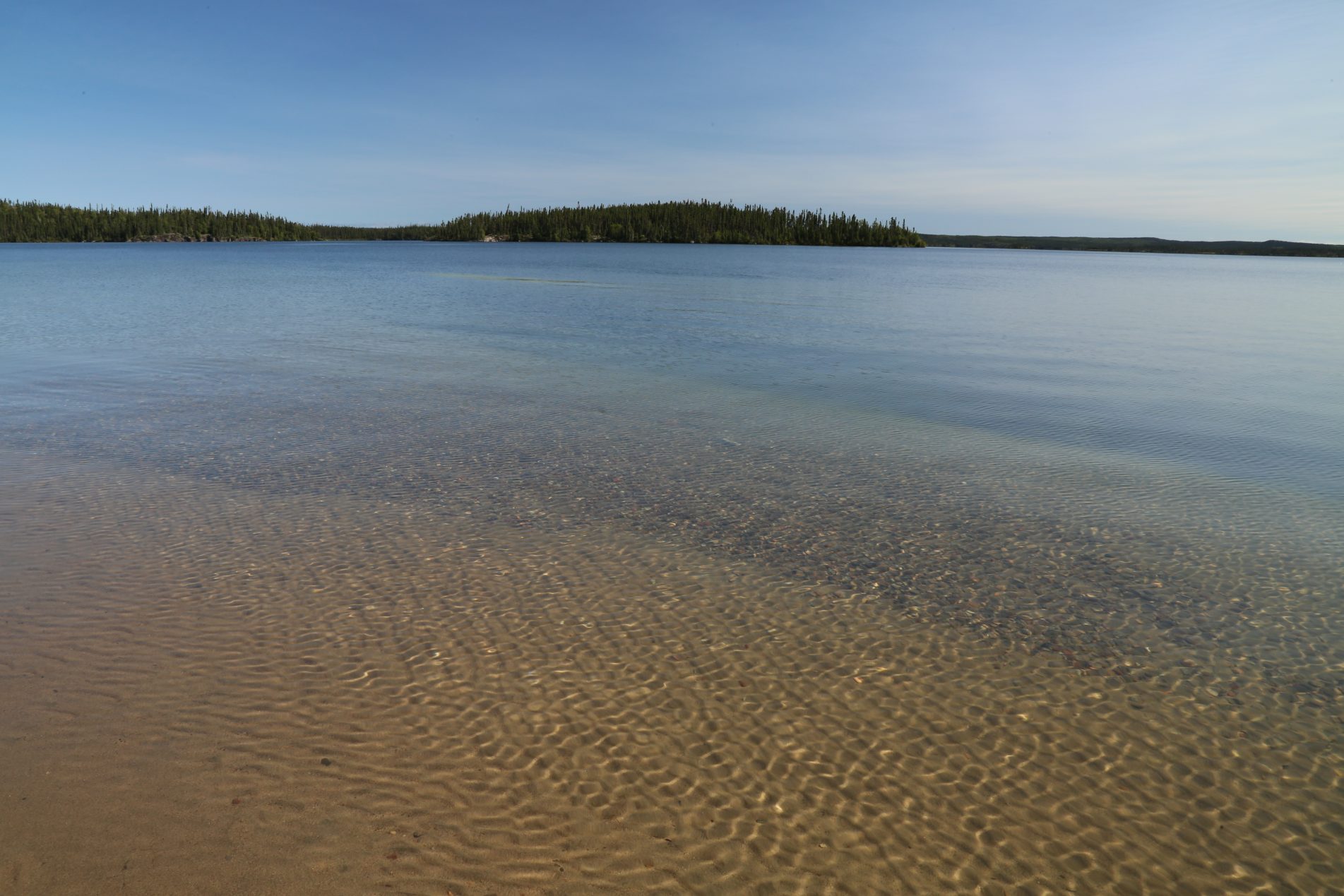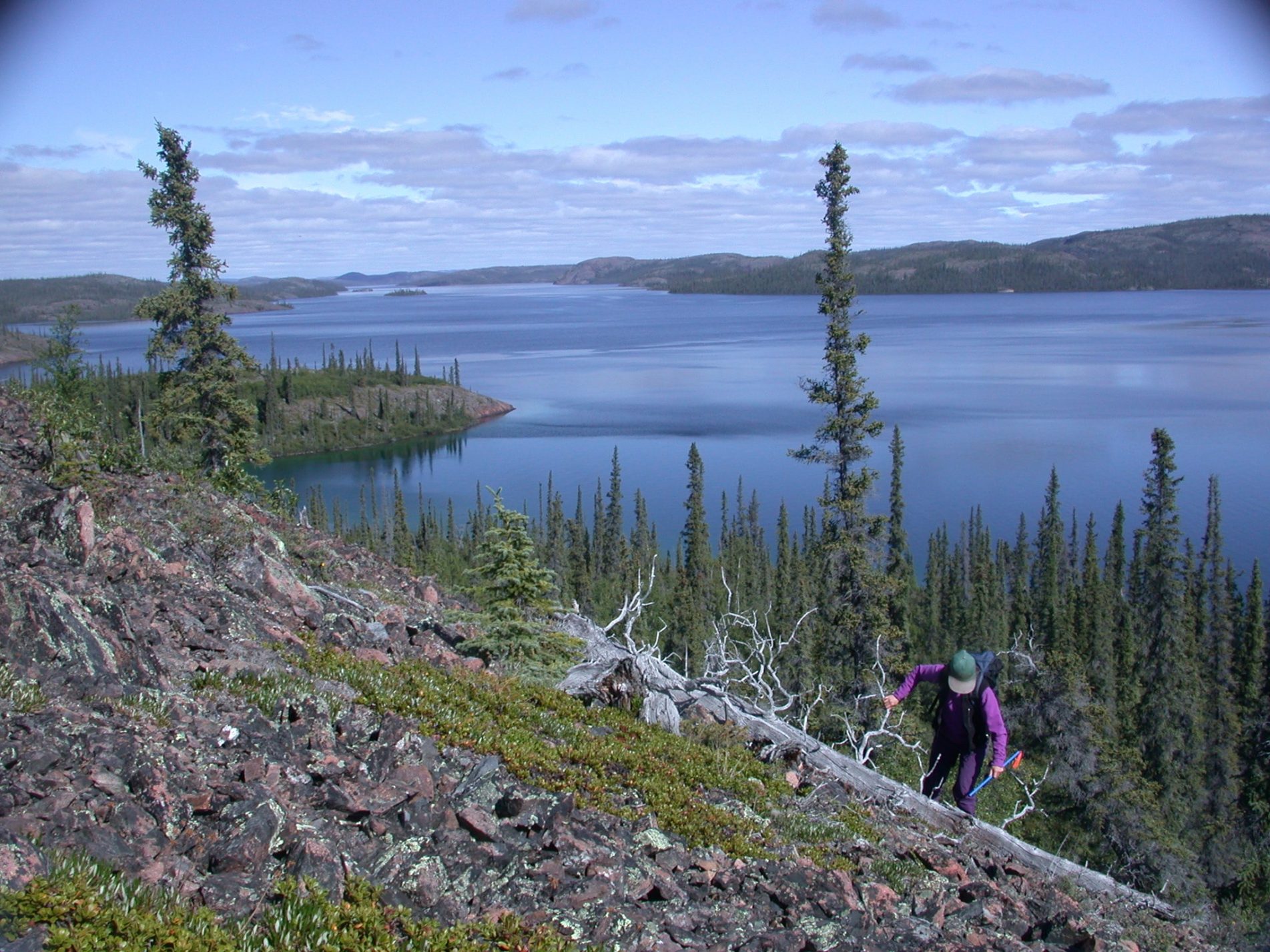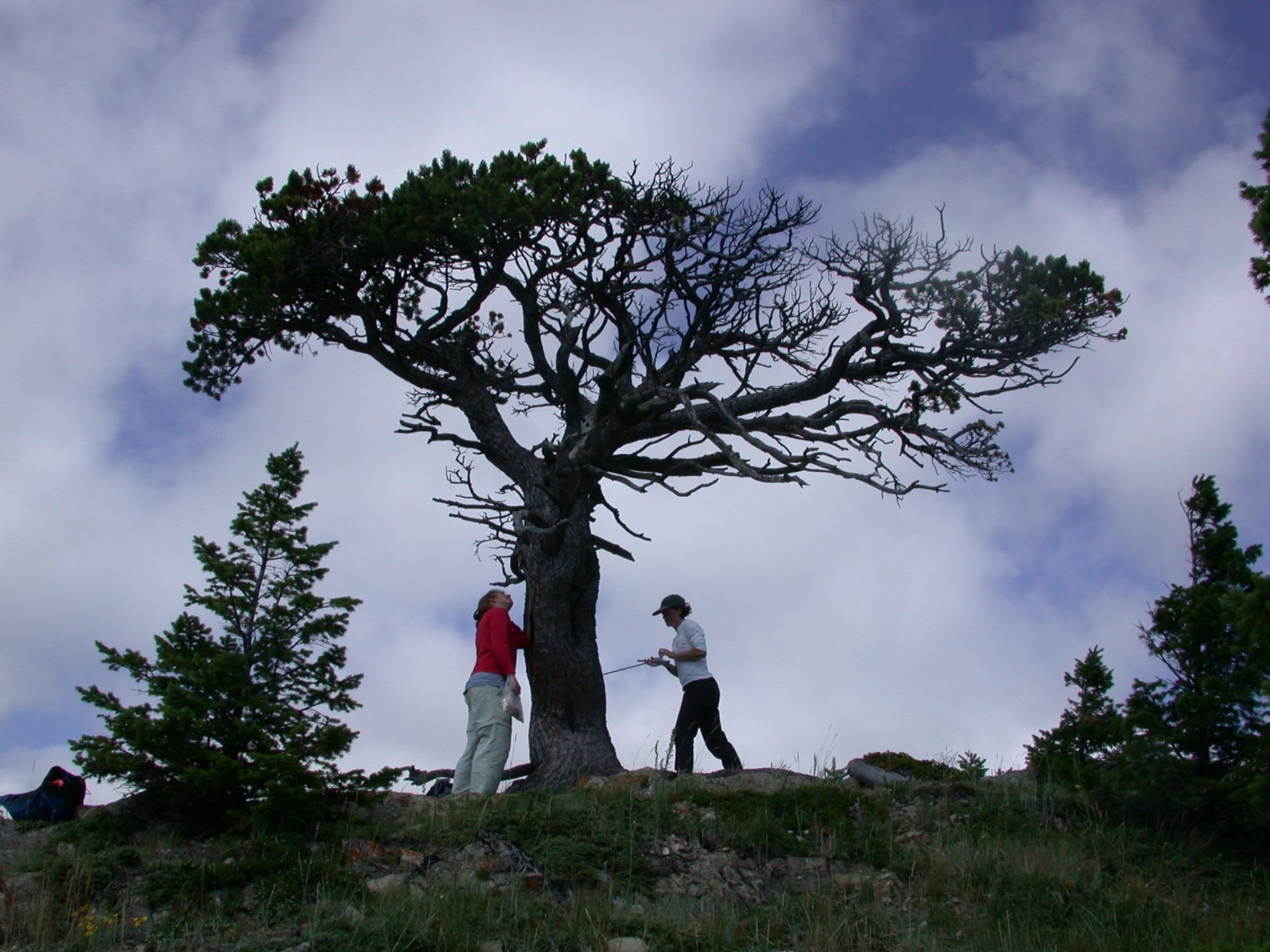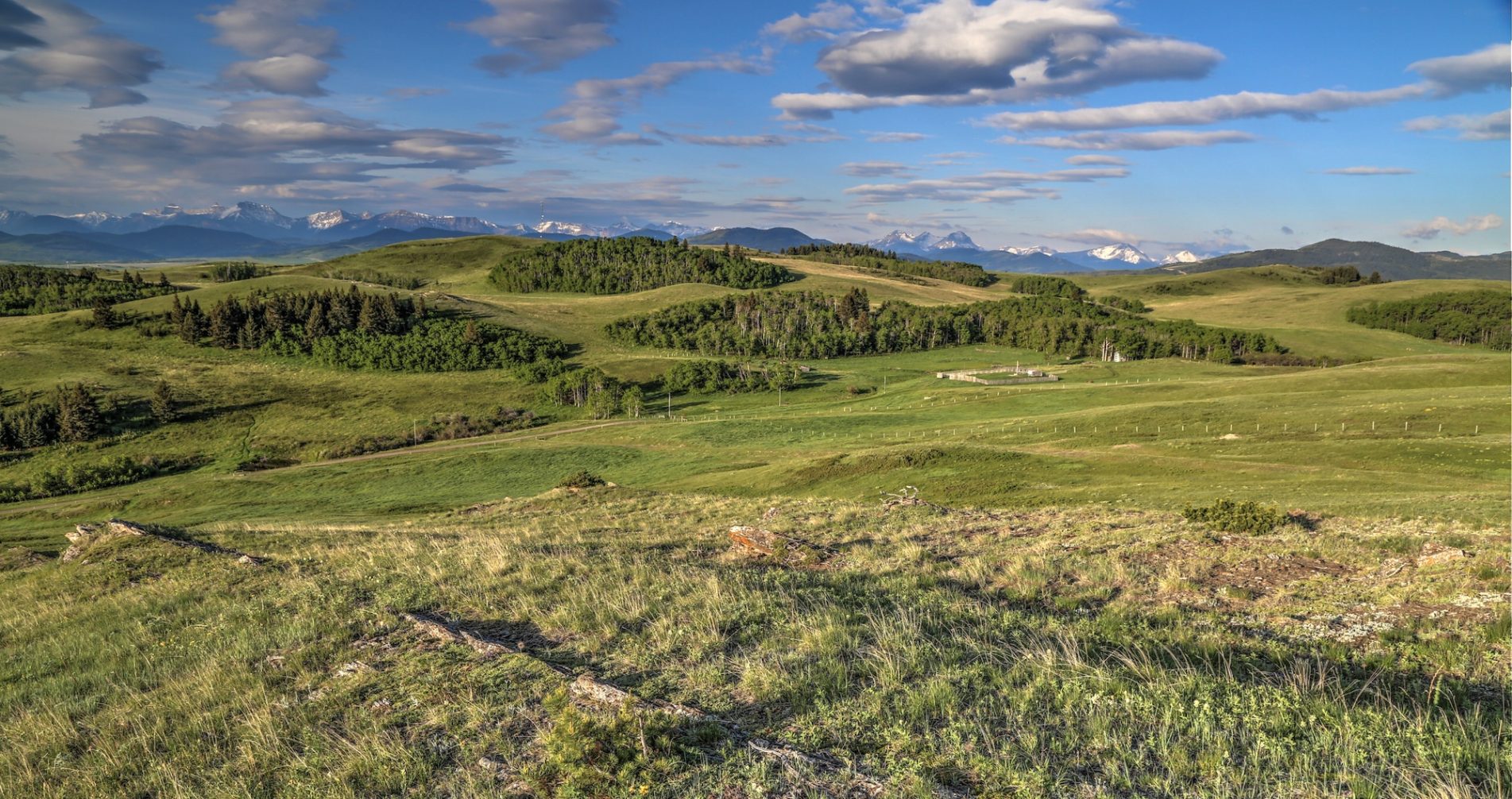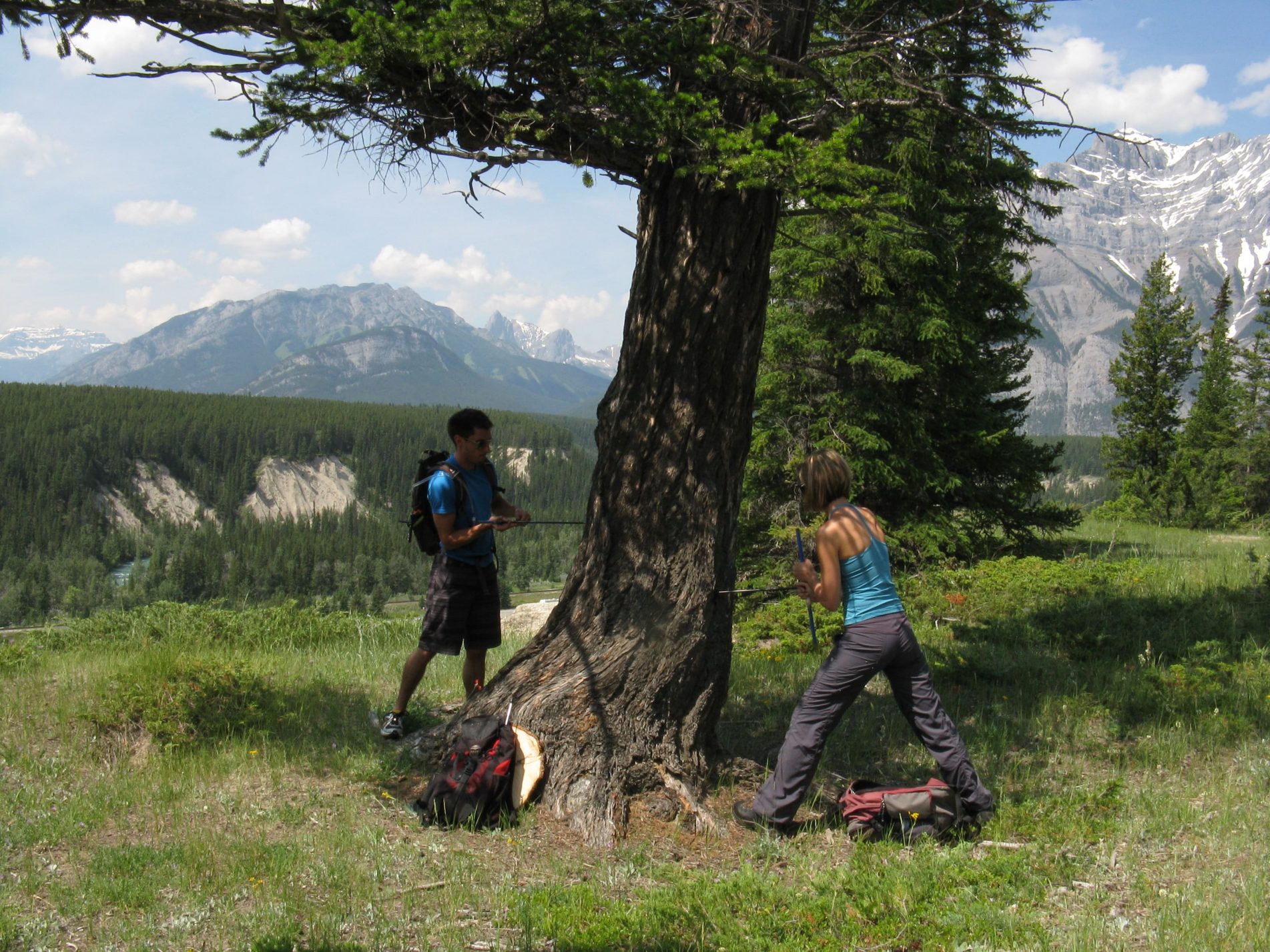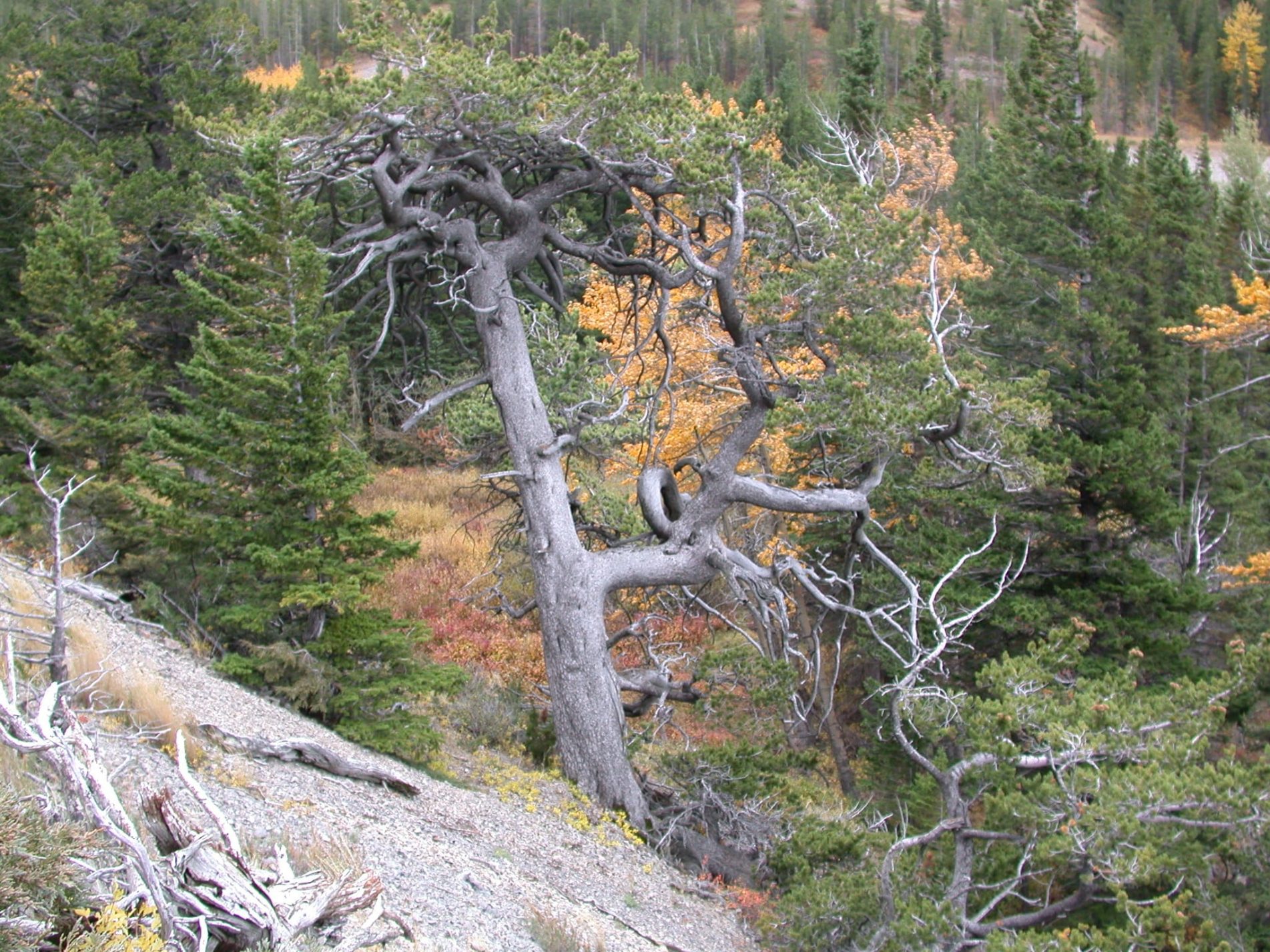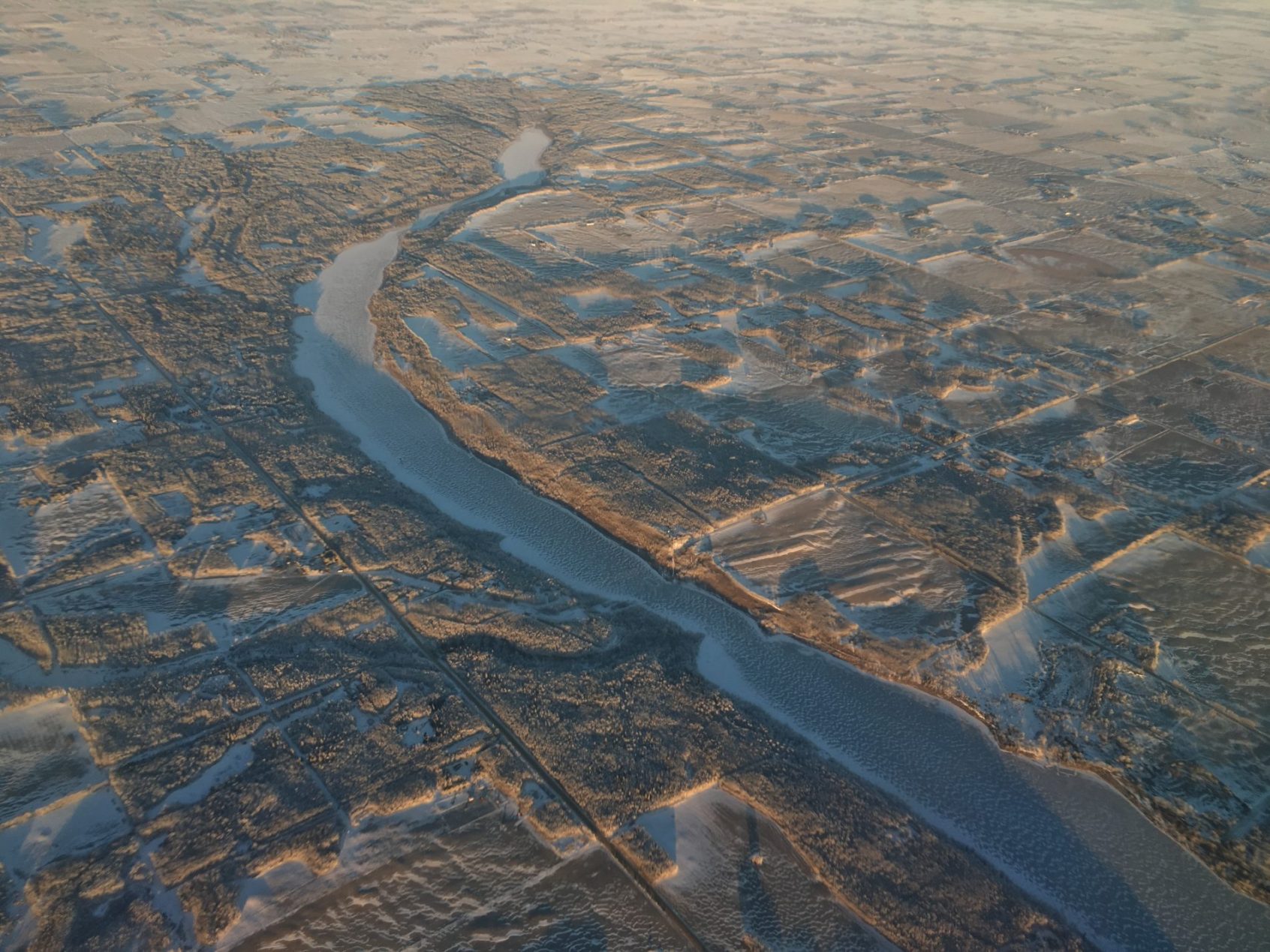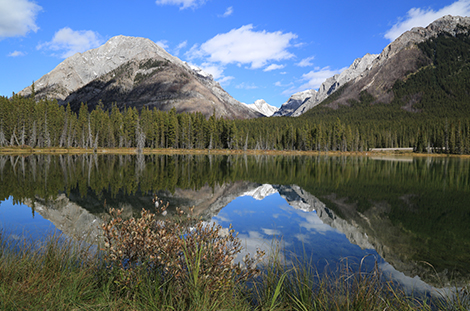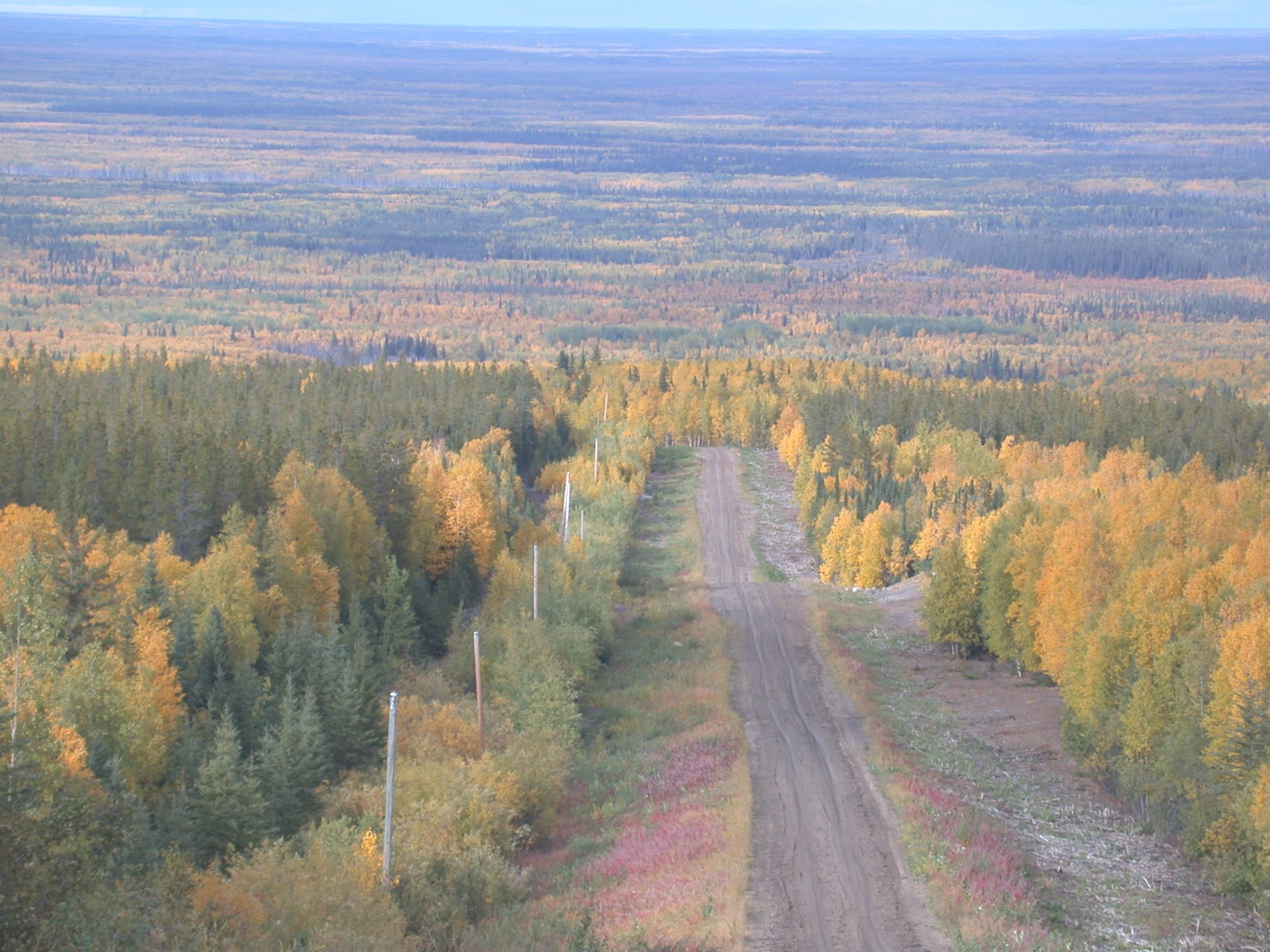E. Barrow
EXECUTIVE SUMMARY
The most recent assessment undertaken by the Intergovernmental Panel on Climate Change (IPCC) reached a number of conclusions concerning global climate change, two of which stated that “Warming of the climate system is unequivocal, as is now evident from observations of increases in global average air and ocean temperatures, widespread melting of snow and ice, and rising global average sea level” and that “Most of the observed increases in global average temperatures since the mid-20th century is very likely due to the observed increase in anthropogenic greenhouse gas concentrations”. These observed changes in climate are as a result of a global average surface air temperature increase over the 20th century of about 0.6°C. In contrast to these observed changes, global average surface air temperature is projected to increase between 1.4°C and 5.8°C by 2100, relative to 1990. This report explores how these projected global average climate changes maybe manifest in Saskatchewan.
Following recommendations outlined by the IPCC, scenarios of climate change were constructed using the most recent global climate model (GCM) results available. These three-dimensional mathematical models of the Earth-atmosphere system are driven by changes in atmospheric composition through the effect of these changes on the radiation balance of this system. It is not known how atmospheric composition will change inthe future, since it is dependent on a number of factors, including population and economic growth and energy use. Thus, GCM experiments are usually undertaken using a number of different greenhouse gas emissions scenarios, spanning a range of possible socio-economic futures. For this study, results were available from GCM experiments undertaken at fourteen different climate modelling centres using three emissions scenarios (B1, A1B and A2). The output from GCMs is still not sufficiently reliable to be used directly as climate input into impacts studies so it is necessary to construct scenarios of climate change. These scenarios were constructed by determining the changes in average climate for the 30-year periods centred on the 2020s (2010-2039), 2050s (2040-2069) and 2080s (2070-2099), relative to the 1961-1990 baseline period.
For this analysis, Saskatchewan was divided into two regions – forest and grassland. Since thereare a large number of GCM experiments available, a sub-set of climate change scenarios was selected for use based on changes in annual moisture index for the 2050s. A total of five scenarios was selected to represent the smallest, largest and median changes in annual moisture index. For the forest region, these scenarios were from the Bjerknes Centre for Climate Research, Norway (BCM2 B1), the UK Meteorological Office (HadCM3 A1B) and the National Institute for Environmental Studies, Japan (MIMR B1), respectively, and from the Canadian Centre for Climate Modelling and Analysis (CGCM3_T47_2 A1B), the Geophysical Fluid Dynamics Laboratory, USA (GFCM20 B1) and, again, from the National Institute for Environmental Studies, Japan (MIMR B1), respectively, for the grassland region. For each GCM only mean temperature and precipitation information was available and so climate change scenarios were constructed for these variables.
Given the number of scenarios and variables being considered, this report has by necessity focused on annual results. Although the climate change scenarios were selected on the basis of changes in annual moisture index, i.e., on an index which combines the effect of temperature with that of precipitation, scatter plots of mean temperature change versus precipitation change were also presented. For the forest region, these scatter plots indicate that by the 2080s, annual changes in precipitation are positive in this region for all climate change scenarios considered in this analysis. For the 2020s and 2050s, a small number of scenarios indicate decreased precipitation, but these decreases are very slight – only around 5% in the 2020s and about 2% in the 2050s. Changes in mean annual temperature are positive – between 0 and 3°C in the 2020s, 1 to 5°C in the 2050s and between 2 and 7°C for the 2080s. The seasonal picture for the 2050s indicates that the largest spread in scenario results occurs in winter, with temperature changes between 0 and 7°C and mostly positive precipitation changes (up to30%). For spring, the picture is similar, although the temperature increases are not quite as large. The summer and fall scatter plots show some scenarios with larger precipitation decreases – as much as 10% in summer and around 5% in the fall.
For the 2050s, the forest region of Saskatchewan is projected to experience increases in annual mean temperature of between 0.5 – 1.0°C (for the scenario based on the smallest change in annual moisture index) and 3.0 – 3.5°C (for the scenario based on the median change in annual moisture index). Changes in annual precipitation are between 0 and +10% for all three scenarios for the 2050s, although the median scenario indicates slightly higher increases (+10 to +20%) along the western and northern boundaries of the forest region.
When compared with the forest region, the grassland region indicates larger decreases in precipitation, with decreases in annual mean precipitation still projected for the 2080s. For the2020s, temperature increases are between 0.5 and 3.0°C, between 1 and 5°C for the 2050s and between 2 and 6.5°C for the 2080s. Changes in the range of annual mean precipitation are similar for the 2020s and 2050s, between -10% and +25%, compared to between -5% and +35% for the 2080s. On a seasonal basis for the 2050s, scenarios projecting decreases in precipitation occur in all seasons. For summer and fall, about half the scenarios project precipitation decreases and by as much as 20 or 30%. The range of temperature increase is largest in winter and spring (between 1 and 6°C), compared to summer and fall (1 to 4°C).
For the 2050s, the grassland region of Saskatchewan is projected to experience increases in annual mean temperature of between 1.5 – 2.0°C (for the scenario based on the smallest change in annual moisture index) and 2.5 – 3.0°C (for the scenario based on the median change in annual moisture index). For precipitation, changes are similar across all time periods, generally between 0 and +10%. For the 2050s, the scenario based on the largest change in annual moisture index indicates that there are some areas of precipitation decrease (between 0 and -10%) in the south-east portion of the grassland region. The scenario based on the smallest change in annual moisture index indicates general increases in precipitation of between 10 and 20% by the 2050s, although these increases are slightly lower (between 0 and 10%) in the south-east portion of the region.
By combining these climate change scenarios with a high resolution 1961-1990 baseline climatology, it was possible to construct climate scenarios for Saskatchewan for minimum, mean and maximum temperatures and precipitation, as well as for the following derived variables: degree days > 5°C, degree days > 18°C (cooling degree days), degree days < 18°C (heating degree days) and annual moisture index for the 2020s, 2050s and 2080s. Results are presented as maps for the whole province and in more detail for Stony Rapids, Prince Albert, La Ronge, Regina, Saskatoon, North Battleford, Yorkton,Weyburn, Moose Jaw and Swift Current.
For the forest region of Saskatchewan, annual mean temperature increases over time at all three sites (Prince Albert, La Ronge and Stony Rapids). By the 2020s, the projected future climate range for La Ronge (-0.01 to 0.98°C) is as warm as baseline conditions at Prince Albert (0.58°C).For Stony Rapids, it is only by the 2080s that the projected annual mean temperature range (-1.91 to 0.4°C) approaches that of baseline conditions at La Ronge (-0.45°C). Precipitation is projected to increase across all sites and all time periods. Prince Albert (406 mm) and Stony Rapids (391mm) currently receive less precipitation than La Ronge (494 mm). By the 2080s, Prince Albert is projected to receive between 423 and 456 mm, La Ronge between 514 and 547 mm and Stony Rapids between 419 and 446 mm. There is a general increase in the number of degree days >5°C over time at all sites. This implies a lengthening of the growing season and/or the availability of more heat units for plant growth during the growing season. Increases in the number of cooling degree days (i.e., degree days above a threshold temperature of 18°C) are also projected. Baseline conditions currently indicate no cooling degree days at all three forest sites, but as early as the 2020s the scenario range for Prince Albert is above zero (11-72 degree days) while for La Ronge and Stony Rapids this is not the case until the 2050s. Heating degree days, however, decrease over time at all three sites, indicating a reduction in the need for space heating in the future. The annual moisture index gives an indication of moisture availability for plant growth. This index increases across all time periods for all three forest sites. By the 2080s, the index values are projected to increase by at least 1 degree day/mm at each site. The scenario range for La Ronge (2.96-3.77) and Stony Rapids (2.67-3.86) for this time period encompasses baseline conditions at Prince Albert (3.41).
For the grassland region, annual mean temperature at the seven sites increases over time such that by the 2020s, the annual mean temperature is atleast 1°C warmer than baseline conditions at all sites, and for Yorkton 3°C warmer (1.3°C compared with 4.3°C). By the 2080s, the projected annual mean temperature is at least double that of baseline conditions. Increases in annual precipitation totals are projected over time at all seven grassland sites. For degree days > 5°C, increases occur at all sites and all time periods. By the 2080s, the projected scenario range indicates that for most sites, degree day totals will be greater than 2000. Yorkton (1902-2177 degree days) and North Battleford (1877-2293 degree days) are the exception to this with only thehigher end of the scenario range being greater than this value during this time period. For cooling degree days (degree days > 18°C) all seven grassland sites exhibit baseline values which are above zero, indicating that there may already be some requirement for air-conditioning in summer. This requirement may increase over time, since the degree day values increase. For example, by the 2080s, the cooling degree day range at Regina (257-376 degree days), Weyburn (276-407 degree days) and Yorkton (169-251 degree days) is projected to be between 3 and 5 times greater than baseline conditions for Regina (69 degree days) and Weyburn (75 degree days), but between 14 and 20 times greater than baseline conditions at Yorkton (12 degree days). In contrast, projections for heating degree days (degree days < 18°C) are for a reduction in degree day totals across all sites. For annual moisture index, increases occur across all sites and all time periods. Yorkton and North Battleford currently exhibit the lowest annual moisture index values (3.4 and 4.2 degree days/mm, respectively). By the 2080s, these values have increased to between 3.9 and 4.7 degree days/mm for Yorkton and to between 4.7 and 5.6 degree days/mm for North Battleford. Moose Jaw and Saskatoon currently exhibit the largest baseline values (both 4.7 degree days/mm). By the 2080s, annual moisture index values are projected to be between 5.3and 6.4 degree days/mm for Moose Jaw and between 5.2 and 6.2 degree days/mm for Saskatoon.

